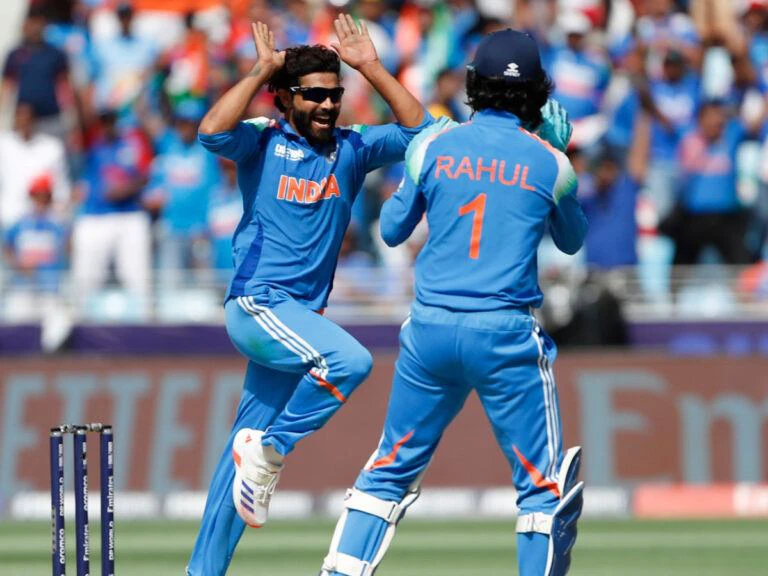As per the new rule, two new balls will still be used at the start of an ODI innings, one from each end, just like it has been since 2011.
But here’s where it gets interesting. This will now only continue till the 34th over. After that the fielding side will pick one of the two balls whichever is in better condition and that ball alone will be used for the final 16 overs of the innings.
This rule change brings a massive shift in how the game plays out in the final stretch.
With only one ball aging over those overs, reverse swing is back on the table. Spinners will get more grip.
Bowling at the death will carry more weight. The flat-deck, free-hitting era in the last phase of ODIs may be on its way out.
It was a rule many had called for over the years. Since 2011 when the two-new-balls rule was introduced, death-over batting became easier.
Reverse swing disappeared. Finger spinners became less relevant. And team scores above 300 became common. Between 2011 and now more than 400 ODIs have seen 300-plus totals.
That’s more than the entire number recorded in the four decades before this rule came in.
Sachin Tendulkar had once called the two-ball system “a perfect recipe for disaster”. Brett Lee echoed similar views.
Ravichandran Ashwin openly said that reverse swing had gone missing and with it the charm of ODI bowling. Now their concerns have finally been addressed.
But while the change brings more balance to the game it also brings challenges. Especially for India.
India’s top order is world-class but once Rohit, Gill and Kohli are back in the pavilion the lower order often struggles to finish games.
The number six and seven positions have been a concern for years. India lacks big-hitting finishers who can also soak up pressure when needed.
Now add a reversing ball in the final overs and that weakness could become a big liability.India’s tail starts early unlike teams that bat deep and have all-rounders. The new rule exposes that soft underbelly even more.
If the ball moves, grips or swings late in the game India’s lower order batsmen will be under serious pressure to survive let alone accelerate.
This change comes just two years before the 2027 ODI World Cup in South Africa. A timely intervention to make the format more exciting and balanced.
But it also forces teams to re-think their strategy. For India this is a clear message. You can’t rely on your top three or four to do all the work.
There needs to be a plan for the lower order. The team will need batters who are not just big hitters but also technically sound, patient and able to handle the challenge of a worn out ball swinging under lights. Death over batting will now need skill as much as power.
In many ways this rule could bring back the old thrill of ODI cricket – the art of reverse swing, the importance of spinners in the final overs and the need for a complete batting line up.
But for that to happen India needs to fix its most obvious weakness. The countdown to the 2027 World Cup has begun and the ball is quite literally in India’s court now.
